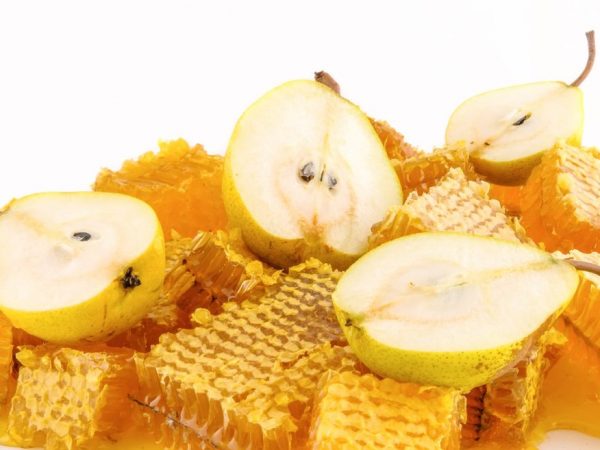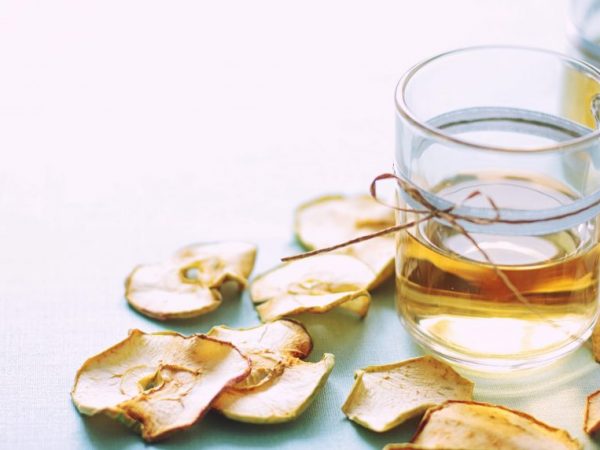Description of pear Cure
Among the varieties of fruit pear trees, most were obtained as a result of selection, these species are considered young, but there are those that are already hundreds of years old. These include a widespread variety popular among gardeners - the Curé pear.

Description of pear Cure
Variety characteristic
The first mentions of the variety were registered in 1760 in France. A seedling of random mutation with an unknown origin was discovered while walking in the forest of Fromento by the priest Curé Leroy, after whom it was named. Other names are Williams winter, Popskaya, Plebanovka, Pastorskaya.
The Pear Cure variety is considered early winter, with good taste, and fruitful. The average yield of a 20-year-old tree is 180 kg / ha.
The first fruits appear at 5-6 years. 3-4-year-old branches bear fruit, as well as fruits. The ovaries are formed in clusters and hold tightly to the shoot.
Due to the abundant harvests, the branches bend, and the crown takes on a drooping appearance. The tree can be overloaded, which affects the size of the fruit.
It is impossible to overexpose pears on the tree: they acquire a mealy taste and quickly deteriorate. Large fruits grow on quince stocks.
Description of the tree
The tree is characterized by a vigorous structure with a dense, well leafy crown of a wide pyramidal shape. In diameter, it reaches 4 m, under favorable conditions it has a high life expectancy. The main branches are located at an angle of 45-50 ° to the trunk. The bark of skeletal branches and trunk of young trees is gray, smooth, and cracks with age.
According to the description, the plant shoots are good. Shoots are long, geniculate, light brown, their upper part is burgundy brown and slightly pubescent. Medium-sized lentils. The buds are pointed, conical, dark brown with gray scales. Dark green leaves of medium size, round-ovoid, slightly serrated.
The plant blooms in early spring with large white flowers with pink anthers and is self-fertile. His best pollinators are Favorite Clapp, Williams, Duchess Angoulême, Saint-Germain.
Description of the fetus
The fruits of the Curé Pear are large, asymmetrical, elongated pear-shaped, with white and juicy pulp. The taste is sweet and sour, with a slight astringency. The density of the pulp is average. The fruit has a thin cork strip along the fruit, which is a characteristic of the variety. Weight - 160-250 g. The seed chamber is small and has granulation around it. The seeds are elongated, yellowish. The aroma is weak.
According to the description, the fruits are harvested in September-October, without waiting for ripeness. When harvesting the fruit, the skin is green, after aging for 2-3 weeks it ripens and acquires a lemon-yellow color with a slight light blush, the stalks are long, slightly curved.
The fruits are stored for 1-2 months in a cool dark room with a humidity of at least 85%. Fruit transportability is good.
Beneficial features
Kure pear fruits are useful for humans due to the high content of vitamins, micro- and macroelements.The fruits are low in calories. These characteristics make them an effective dietary supplement.
The variety is hypoallergenic. The presence of essential oils helps to cope with depression, and the high fiber content has a positive effect on the gastrointestinal tract. Fructose allows people with diabetes to use the Curé pear as food. After regular use of the fruit, a decrease in cholesterol levels is noted.

Pear is very useful
Planting
The plant is thermophilic, develops well on slightly acidic soils and loams. The first years it is insulated for the winter to prevent freezing and death. Choose a calm, lighted place without stagnant water with a low groundwater level. It is planted in early spring in a hole prepared in the fall, filled with nutritious soil. When planting, the root collar is left just above ground level. After planting, water is abundantly watered to remove excess voids, and the resulting depressions are compared. A young plant is fertilized in the 2nd year.
Care
Proper plant care involves several factors.
- Trimming the crown. This affects the size and quality of the fruit. The plant tends to form more shoots and thicken the crown. It is carried out in early spring in the form of adjustments to the internal and external branches.
- Watering. In summer, in dry weather, watering is carried out often, until the soil dries out. The moistened soil is loosened and mulched to improve aeration of the roots.
- Fertilization with organic matter. An adult plant is fed once every 2 years (4 kg / sq. M) by dropping it into the soil around the tree. After harvesting, water-charging watering and feeding with superphosphate (300 g / sq. M) are done, nitrogenous fertilizers are applied in spring and early summer.
Pests and diseases
According to the description of the variety, the plant is distinguished by good immunity and resistance to diseases, but in dry, unfavorable years, prophylaxis is carried out by spraying with Agat-25 or Zircon (3 g per bucket of water) to exclude infection. To prevent scab, timely pruning of the crown is carried out.
Conclusion
Pear Cure is popular due to its unpretentiousness and resistance to disease. This characteristic is pleasantly pleasing, and gardeners love it even more for its abundant harvests, but in cold periods, a decrease in taste is possible. This is the exception rather than the rule.

